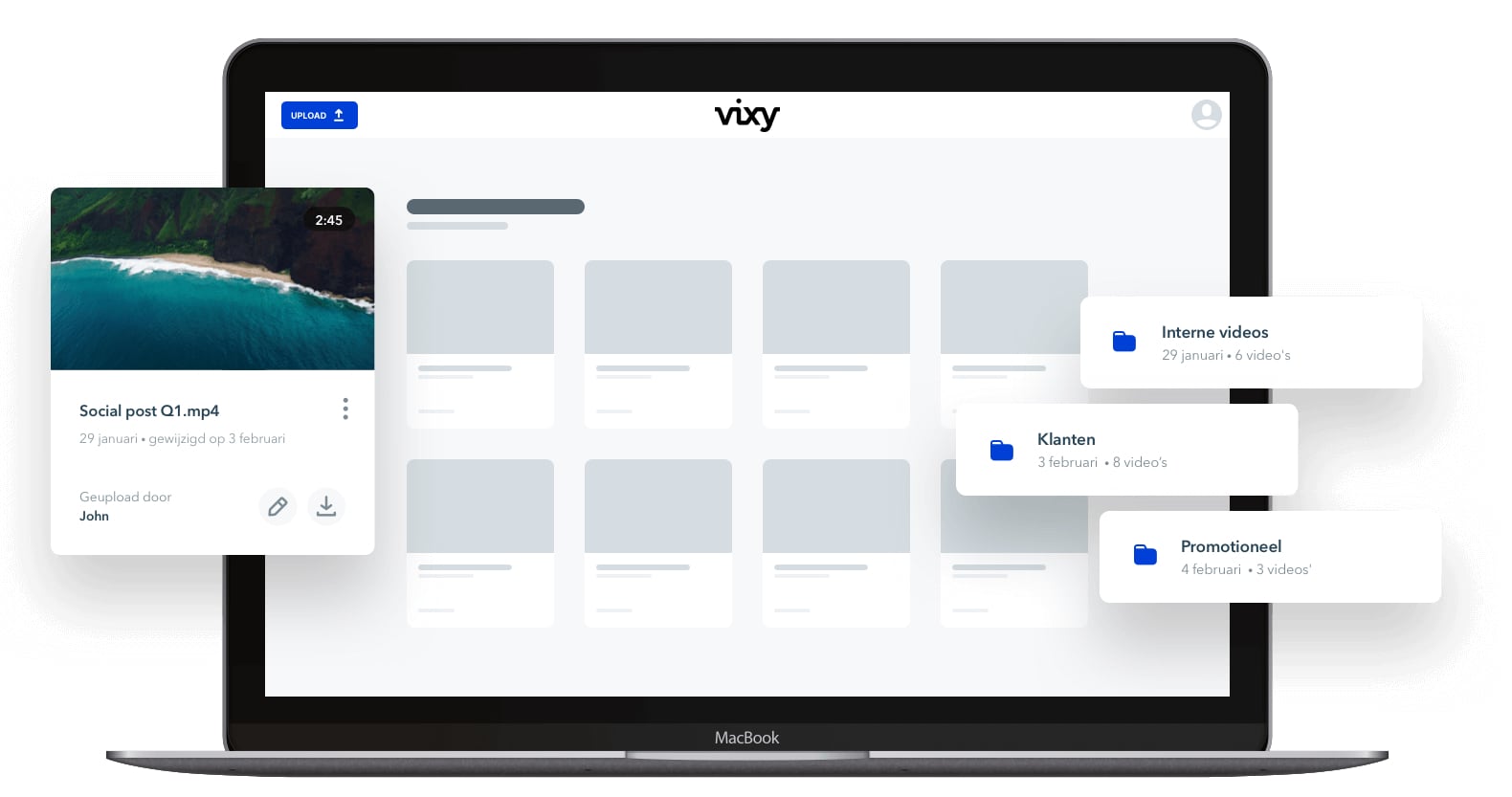Video Hosting: choose a reliable and flexible platform..

Adaptive Bitrate Streaming is a technology designed to deliver the highest quality video possible to users regardless of their device, software, and connection speed. It’s also widely used by publishers and companies that want to reach their target viewers no matter where they are.
A progressive video stream is simply one single video file being streamed over the internet. This type of file is often .mp4 but can of course be in many different formats. When a video file is encoded to adaptive format, it is broken up into segments. These are short snippets of video, often set to 4 seconds long (although they can be longer or shorter). At the end of each 4-second segment, the Player can switch to a different video file if necessary.
Adaptive streaming solves the two problems of progressive streaming:
For most broadcasters, the user experience they provide is crucial because most viewers won’t deal with a poor stream for long. In fact, over half of the viewers will abandon a poor-quality stream in 90 seconds or less. That means one bad stream could be devastating for business. Adaptive bitrate streaming (ABR) is an algorithm where a video player client decides which bitrate segments to download. The end result is that broadcasters are able to offer multiple streams with different bitrates to users.
So with Adaptive Bitrate Streaming the type of video stream depends on the device and the available Internet connection. For this reason, videos that you upload are uploaded to your video management system are transcoded into multiple formats. Adaptive bit-rate delivery ensures the user receives the highest quality video possible depending on their Internet connection and device.
The best bitrates to choose will depend on your target audience, but it’s generally a good idea to offer multiple bitrates at varying levels of quality. Here are some common bitrates settings:
360p video: 400 Kbps – 1000 Kbps
480p video: 500 Kbps – 2 Mbps (1 Mbps = 1000 Kbps)
720p video: 1.5 – 4 Mbps
1080p video: 3 – 6 Mbps



